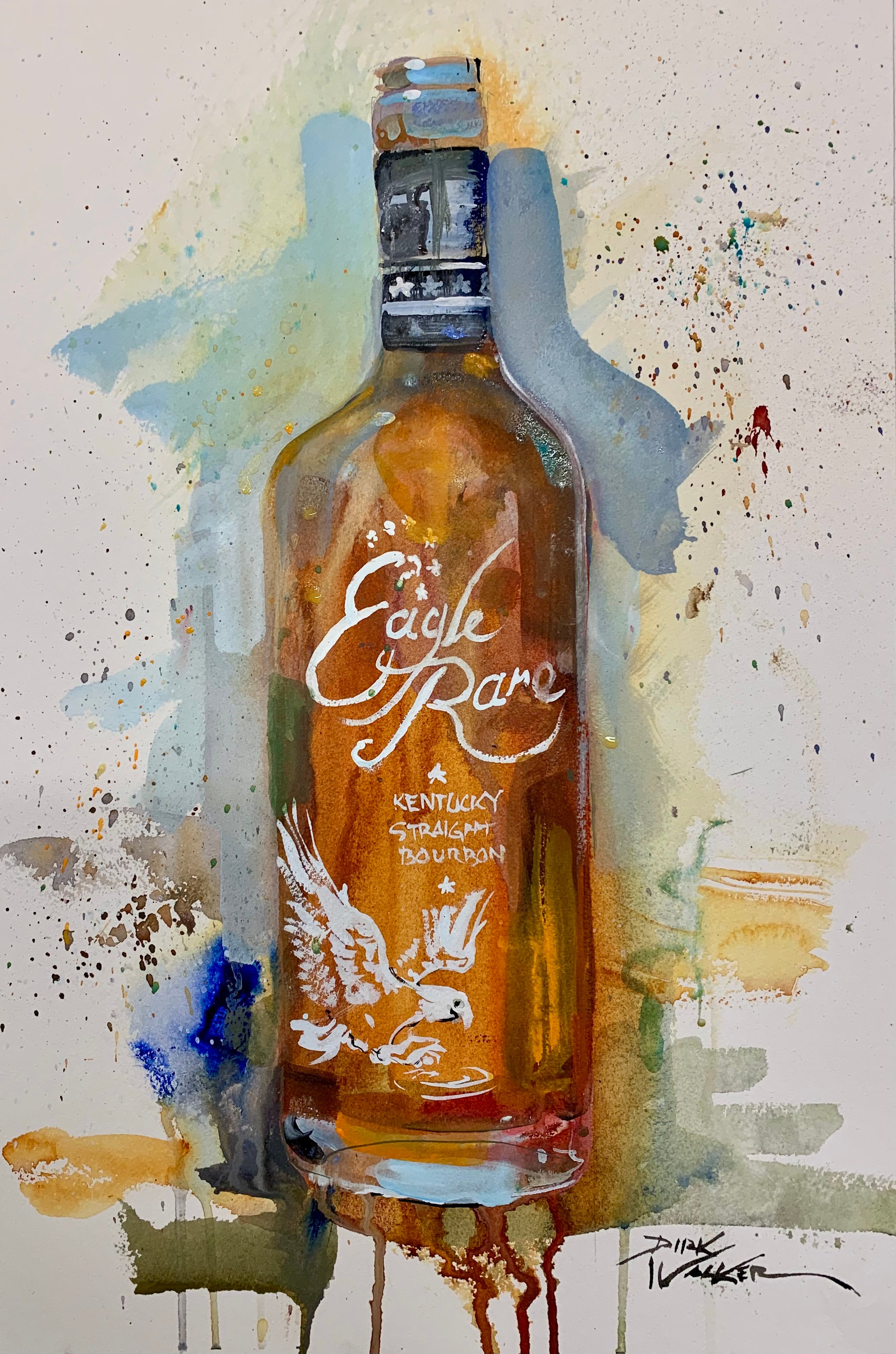The Relevance of Whiskey Art in Celebrating Heritage and Workmanship in the Beverage Industry
The intricate partnership between bourbon art and the event of heritage and craftsmanship within the drink industry can not be overemphasized. Through attentively developed tags and bottles, whiskey brand names encapsulate their historic roots and the artisanal abilities that define their manufacturing methods.
The Historic Roots of Whiskey
At the heart of bourbon's appeal exists a rich tapestry of historic roots that trace back to old worlds. The beginnings of whiskey can be connected to the purification methods of the Sumerians and Babylonians around 2000 BCE, where very early forms of fermented grain beverages started to emerge. It was in the Center Ages that the art of distillation advanced significantly, especially in Ireland and Scotland, leading to the development of scotch as we understand it today.
The term "whiskey" itself originates from the Gaelic word "uisce beatha," meaning "water of life." This expression emphasizes the cultural importance of scotch in Celtic cultures, where it was often related to routines, parties, and public bonding. By the 15th century, distillation became an acknowledged craft within reclusive areas, leading the way for the establishment of legal distilleries.
As trade routes broadened, scotch's popularity expanded, going beyond local limits and recording the passion of aficionados worldwide. Bourbon Art. This historical journey reflects not only the workmanship behind bourbon manufacturing yet also its integral role in cultural and social contexts, marking it as a substantial drink throughout background
Artistic Expression in Branding
Bourbon branding stands as an engaging junction of virtuosity and business, where aesthetic identity plays a vital duty fit customer assumption. The aesthetic appeals of scotch labels, packaging, and advertising materials reflect not only the brand name's tale yet likewise its core worths and heritage. With creative expression, distilleries communicate a narrative that resonates with consumers, stimulating emotions and triggering links.
Making use of shade, typography, and images in branding serves to differentiate items in a saturated market. Conventional themes may evoke a feeling of authenticity and workmanship, while contemporary layouts can represent technology and forward-thinking. This calculated artistic direction boosts brand acknowledgment and commitment, enabling customers to forge an individual relationship with the whiskey they select.
Moreover, creative expression in branding usually acts as a party of regional heritage. Distilleries often include local symbols or historic referrals into their styles, developing a local color that welcomes consumers to take part in a more comprehensive social experience. Ultimately, the artistry behind whiskey branding not just boosts visual allure but likewise improves the total narrative of the brand, promoting a much deeper admiration for the craftsmanship and heritage embedded in each bottle.
Craftsmanship in Container Style
The virtuosity noticeable in whiskey branding extends beyond visual identity to include the workmanship entailed in container layout. Each container offers as a vessel not simply for the spirit within, yet additionally for the tale it informs concerning its tradition, quality, and origin. The design process needs precise interest to detail, as elements such as closure, product, and form contribute substantially to the general perception of the whiskey.
Workmanship in container style includes selecting top quality glass that can enhance the whiskey's shade and clearness, while likewise providing a responsive experience for the customer. The silhouette of the bottle have to be both aesthetically enticing click now and practical, typically reflecting the heritage of the brand name. Lots of distilleries select unique forms or embossed logo designs that stimulate a sense of credibility and background.
Furthermore, the label layout and typography play a vital function in communicating the brand name's narrative. Realism Art. A well-crafted container not only captivates the customer's eye however additionally strengthens the brand's dedication to quality and custom. By doing this, the workmanship of bottle layout becomes an essential aspect of the bourbon experience, merging creativity with an extensive respect for heritage
Social Importance of Bourbon Art
Celebrating custom and workmanship, the cultural value of whiskey art goes beyond mere visual appeals, linking with the social and historical stories of the areas from which it comes from. Each container acts as a canvas, illustrating the unique tales, mythology, and traditions that have actually shaped local whiskey-making methods. The detailed designs commonly reflect the heritage of the distillers, integrating signs and concepts that resonate with the culture and values of their areas.

On top of that, scotch art plays a vital function in communal events and parties, working as a concrete web link between individuals and their shared experiences. By valuing the artistry in scotch product packaging, consumers grow a much deeper understanding and respect for the craft, eventually improving their enjoyment of the beverage itself.
Modern Trends in Bourbon Discussion
In the last few years, the discussion of bourbon has developed to mirror modern tastes and patterns while still recognizing typical craftsmanship - Limited Edition. Distilleries are significantly concentrating on aesthetic aspects that improve the total alcohol consumption experience, bridging the space between heritage and modernity
Cutting-edge container designs have emerged, commonly including sustainable materials and artistic labels that tell compelling stories. Lots of brand names currently team up with neighborhood musicians, instilling their items with unique visual expressions that resonate with consumers. Additionally, limited-edition releases are typically packaged in collectible containers, including value and charm for aficionados.

Verdict
In conclusion, whiskey art offers as an essential avenue for sharing the heritage and workmanship intrinsic in the beverage industry. Through intricate branding, cutting-edge container styles, and culturally substantial creative components, scotch brand names efficiently honor their customs and link with consumers.


Workmanship in bottle design entails picking top notch glass that can improve the whiskey's shade and clearness, while likewise providing a Click This Link responsive experience for the consumer. In this way, the workmanship of bottle design comes to be a crucial aspect of the bourbon experience, merging artistry with an extensive respect for heritage.
In verdict, scotch art serves as a crucial conduit for sharing the heritage and craftsmanship inherent in the drink industry.